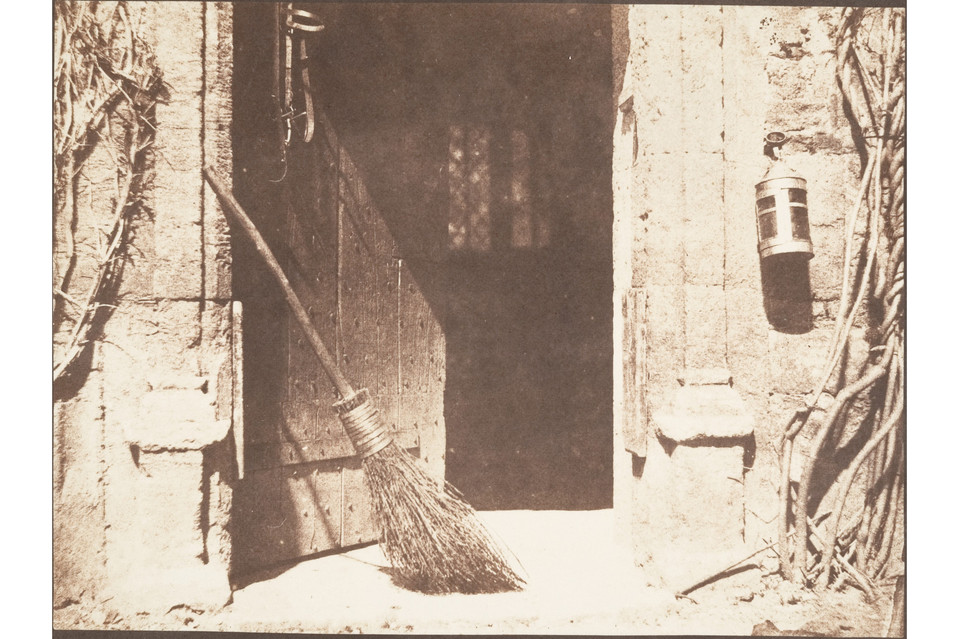If you live online and write or share images it’s likely that you’ve been, or will soon be, sued by the predatory Getty Images. Your kindly editor at theDiagonal uses images found to be in the public domain or references them as fair use in this blog, and yet has fallen prey to this extortionate nuisance of a company.
Getty with its army of fee extortion collectors — many are not even legally trained or accredited — will find reason to send you numerous legalistic and threatening letters demanding hundreds of dollars in compensation and damages. It will do this without sound proof, relying on the threats to cajole unwary citizens to part with significant sums. This is such a big market for Getty that numerous services, such as this one, have sprung up over the years to help writers and bloggers combat the Getty extortion.
With that in mind, it’s refreshing to see the Metropolitan Museum of Art in New York taking a rather different stance: the venerable institution is doing us all a wonderful service by making many hundreds of thousands of classic images available online for free. Getty take that!
From WSJ:
This month, the Metropolitan Museum of Art released for download about 400,000 digital images of works that are in the public domain. The images, which are free to use for non-commercial use without permission or fees, may now be downloaded from the museum’s website. The museum will continue to add images to the collection as they digitize files as part of the initiative Open Access for Scholarly Content (OASC).
When asked about the impact of the initiative, Sree Sreenivasan, Chief Digital Officer, said the new program would provide increased access and streamline the process of obtaining these images. “In keeping with the Museum’s mission, we hope the new image policy will stimulate new scholarship in a variety of media, provide greater access to our vast collection, and broaden the reach of the Museum to researchers world-wide. By providing open access, museums and scholars will no longer have to request permission to use our public domain images, they can download the images directly from our website.”
Thomas P. Campbell, director and chief executive of the Metropolitan Museum of Art, said the Met joins a growing number of museums using an open-access policy to make available digital images of public domain works. “I am delighted that digital technology can open the doors to this trove of images from our encyclopedic collection,” Mr. Campbell said in his May 16 announcement. Other New York institutions that have initiated similar programs include the New York Public Library (map collection), the Brooklyn Academy of Music and the New York Philharmonic.
See more images here.
Image: “The Open Door,” earlier than May 1844. Courtesy of William Henry Fox Talbot/The Metropolitan Museum of Art, New York.

